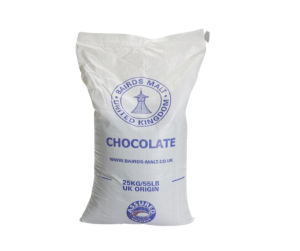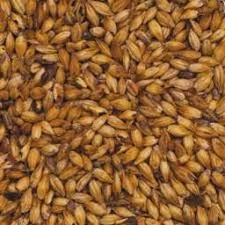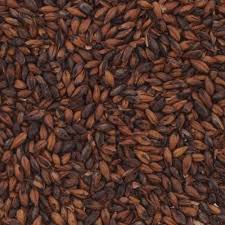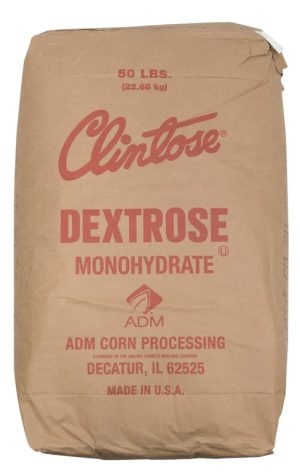Your cart is currently empty!
INGREDIENTS - Malts- Sugar- Yeast - & More
Overview
We are a proud supplier of Gambrinus Malting right here in Armstrong.
Dry Malt is one of the core ingredients in making beer. Without it, you cannot even start making beer as you don’t have a source of starch to commence the fermentation process. Malt is a product left over after a cereal grain has undergone different procedures like air drying, sprouting, and heating. Any cereal grains can be used as a Malt source, including wheat, rice, oats, and rye. But the most popular source is barley.
Heating the grain is an essential process in malting as it halts the growth of the grain, thus keeping the starch content at its highest potential while still allowing the natural enzyme called diastase to convert the starch into sugar. Diastase is responsible for providing Malt; it’s flavouring.
Malting grains have several benefits. Aside from being the source of starch, it also helps prepare the starch to be converted into sugar, the energy source for the yeast during the fermentation process. Malting adjusts the starch to the highest point of possible starch content. The proper preparation of malted grains makes it possible to impart sweetness to the beer. On the other hand, Malt is also used to add flavour and colour to the final product. Many homebrewers malt their grains past the point where enzymes are still active to provide a deeper colour or roasted flavour to the beer.
Malt is used from the start of the beer-making process. It is an essential ingredient in making the wort. Once the diastase has converted the starch into sugar, yeast is added to the wort to produce alcohol. Some sugar is not used up by the yeast during the entire process, and this is the reason why beer has this distinct sweetness. However, three other by-products are produced that impart different flavours in a beer, and these include diacetyl for the woody taste, phenols for the spicy flavour, and esters for the fruity taste.
Showing 1–9 of 27 results







